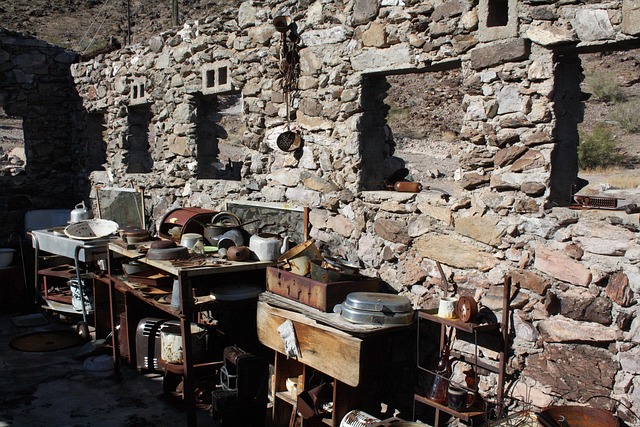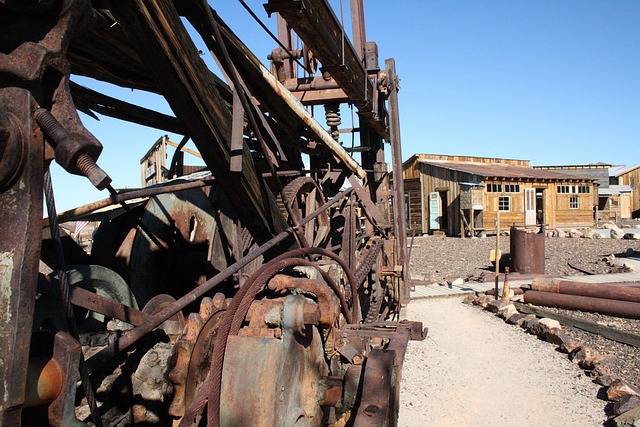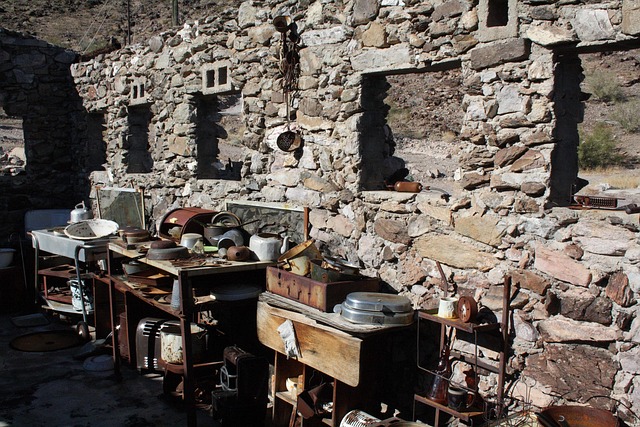Seasonal dynamics significantly impact urban real estate markets, with demand and prices varying between summer and winter. Summers see increased demand from tourists and temporary residents, potentially driving up rental rates and property values in popular areas. Winters offer strategic pricing opportunities due to population shifts. Real estate agents play a vital role by recognizing these trends, guiding clients on listings and price negotiations, and influencing urban planning. Extreme seasonal variations lead to peak buying/selling periods during desirable seasons; investors secure premium properties with climate-specific features. To adapt in variable climates, energy-efficient construction, diversification, and understanding local microclimates are key strategies for both investors and homeowners.
“In the ever-changing landscape of real estate, understanding seasonal dynamics is key, especially in regions with extreme climates. This article explores the intricate relationship between scorching summers and bustling winter populations, delving into its effects on property values and market trends. We’ll uncover insights for investors and homeowners navigating these variable climates, offering practical strategies to capitalize on opportunities and mitigate risks.”
Understanding Seasonal Dynamics in Urban Real Estate

Understanding seasonal dynamics is crucial for navigating the urban real estate market, where demand and prices can fluctuate drastically between scorching summers and bustling winters. During the summer months, cities often experience an influx of tourists and temporary residents, driving up accommodation needs. This surge in demand can lead to increased rental rates and higher property values, especially in popular locations. However, as winter sets in, population numbers shift, with many residents opting for warmer climates or reduced living expenses. This seasonal ebb and flow can create opportunities for both investors and sellers; those with properties suitable for year-round living might consider strategic pricing to attract buyers seeking permanent residence.
Real estate agents play a vital role in recognizing these seasonal trends and guiding clients accordingly. By understanding the dynamics, they can offer insights on the best time to list properties, negotiate prices, or invest in new developments. Additionally, these seasonal patterns can influence urban planning and development strategies, ensuring that cities are prepared for varying population demands and providing infrastructure that caters to both summer visitors and winter residents alike.
The Impact on Property Values and Market Trends

The extreme seasonal variations in climate have a notable impact on real estate markets, influencing property values and market trends across different regions. During scorching summers, areas with ample cooling infrastructure see an increase in demand for homes due to the appeal of indoor comfort. This drives up property prices, especially in cities where space is limited and air conditioning is a must-have luxury. Conversely, bustling winters attract populations seeking warmer climates, creating a surge in demand for real estate in sunbelt regions, further elevating property values.
Market trends often reflect these seasonal shifts, with active periods of buying and selling coinciding with the most desirable seasons. Real estate agents report higher listing volumes and faster sales during the winter months as folks rush to secure accommodations before the next hot summer. This dynamic creates a cycle where well-located properties with features catering to specific climate needs experience premium pricing, shaping the overall real estate landscape in both seasonal extremes.
Strategies for Investors and Homeowners in Variable Climates

In variable climates, investors and homeowners face unique challenges posed by unpredictable weather patterns. To navigate these changes, strategic adjustments in real estate practices are essential. One key approach is to favor energy-efficient construction and renovation projects, which not only enhance property value but also reduce operational costs for residents. Investing in insulation, double-glazed windows, and efficient heating/cooling systems can significantly mitigate the impact of extreme summers and winters.
Additionally, diversifying real estate portfolios can help spread risk. Investors might consider focusing on regions with more consistent climates or properties that offer year-round demand, such as vacation homes or senior living facilities. For homeowners, understanding local microclimates and choosing plants and landscaping suitable for varying temperatures can reduce energy consumption for outdoor maintenance. These proactive measures ensure that real estate assets remain resilient and valuable in the face of shifting climatic conditions.






